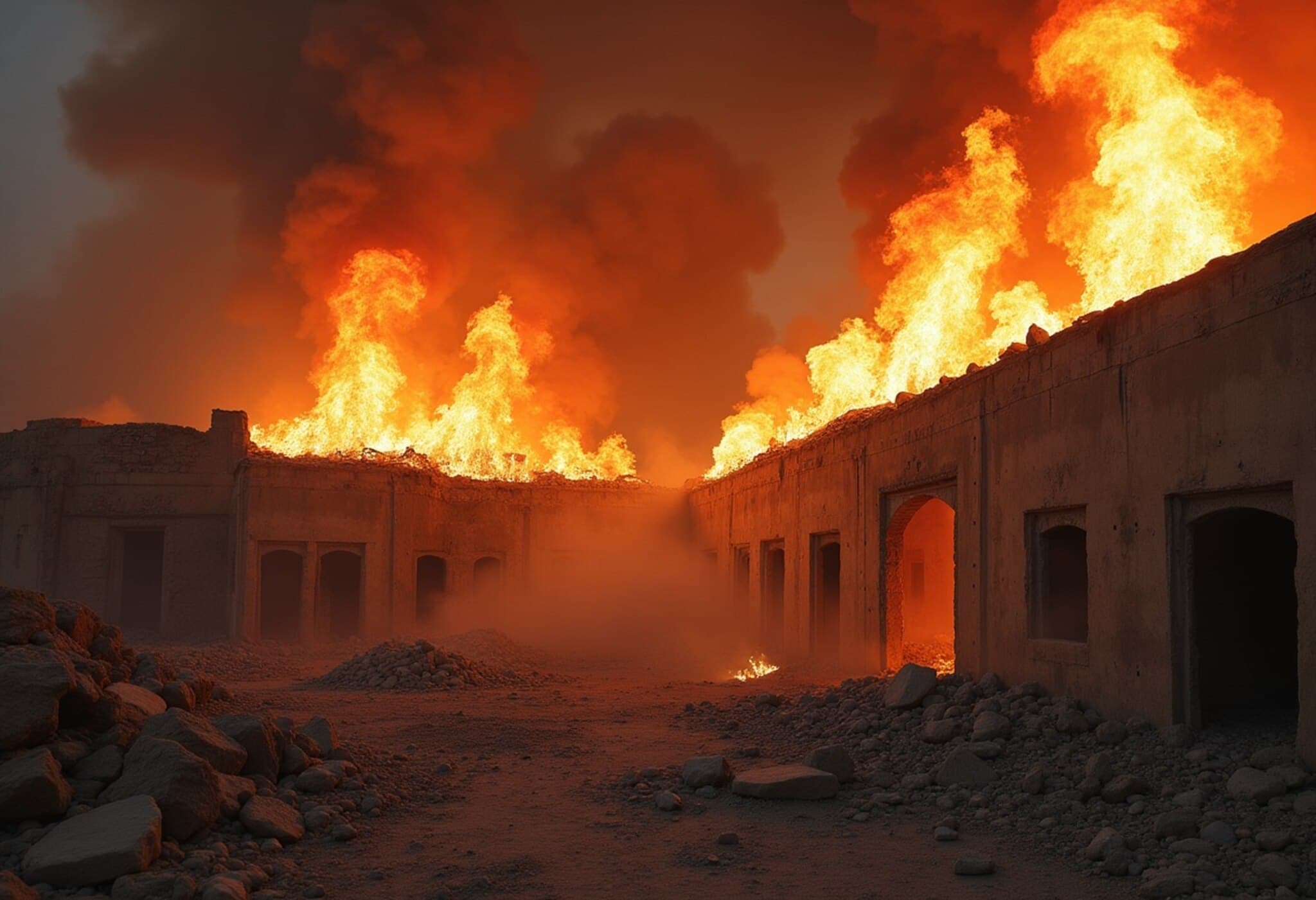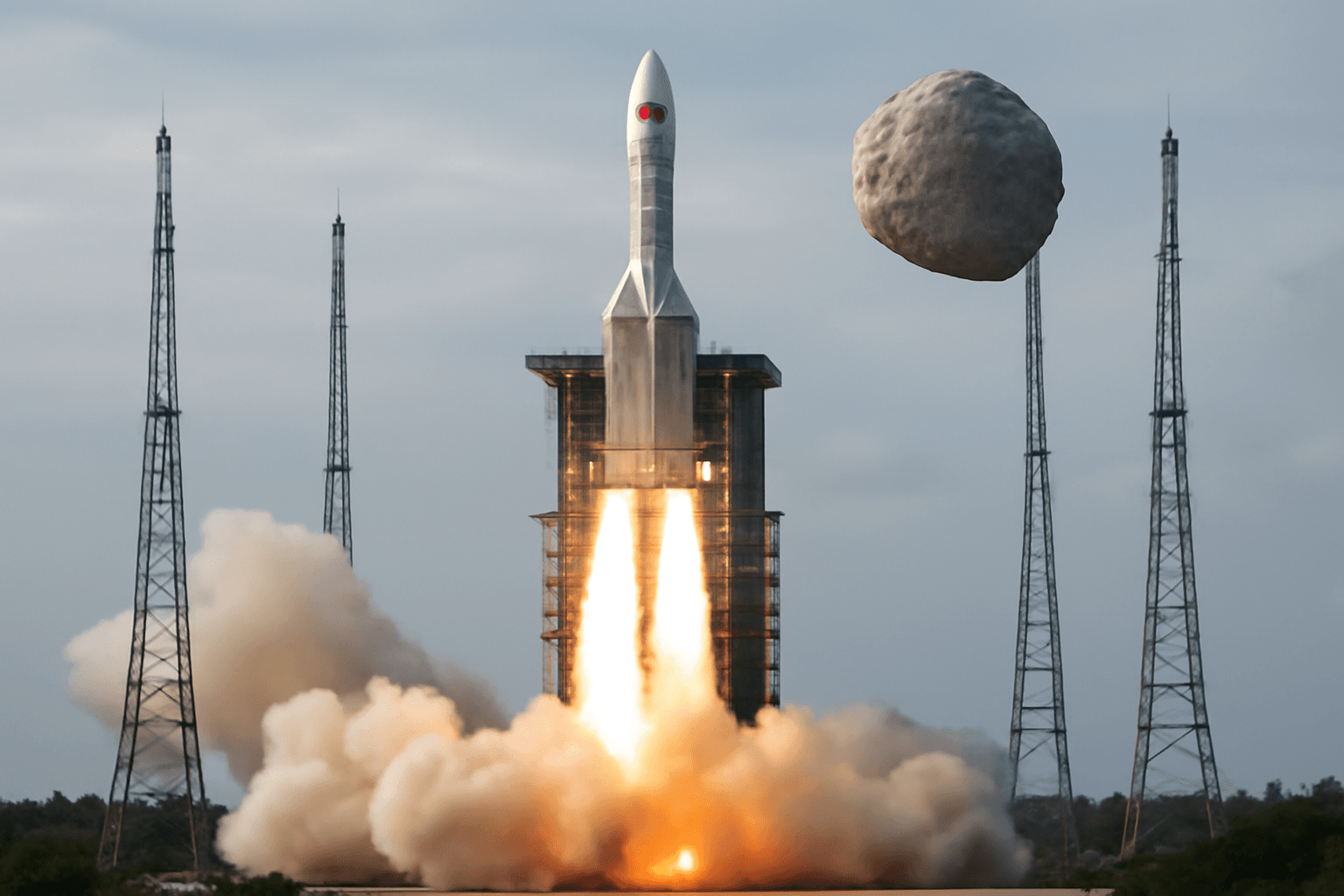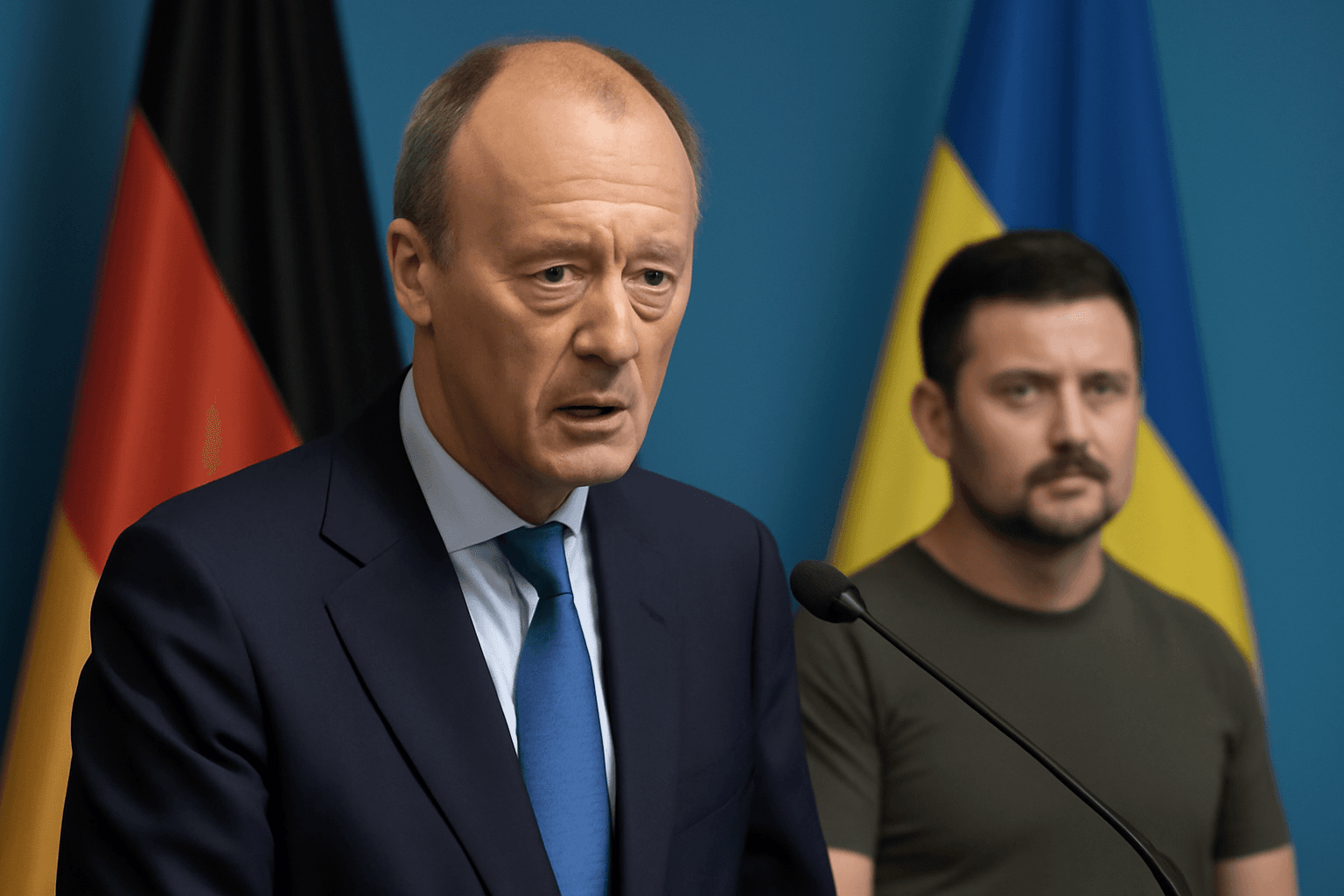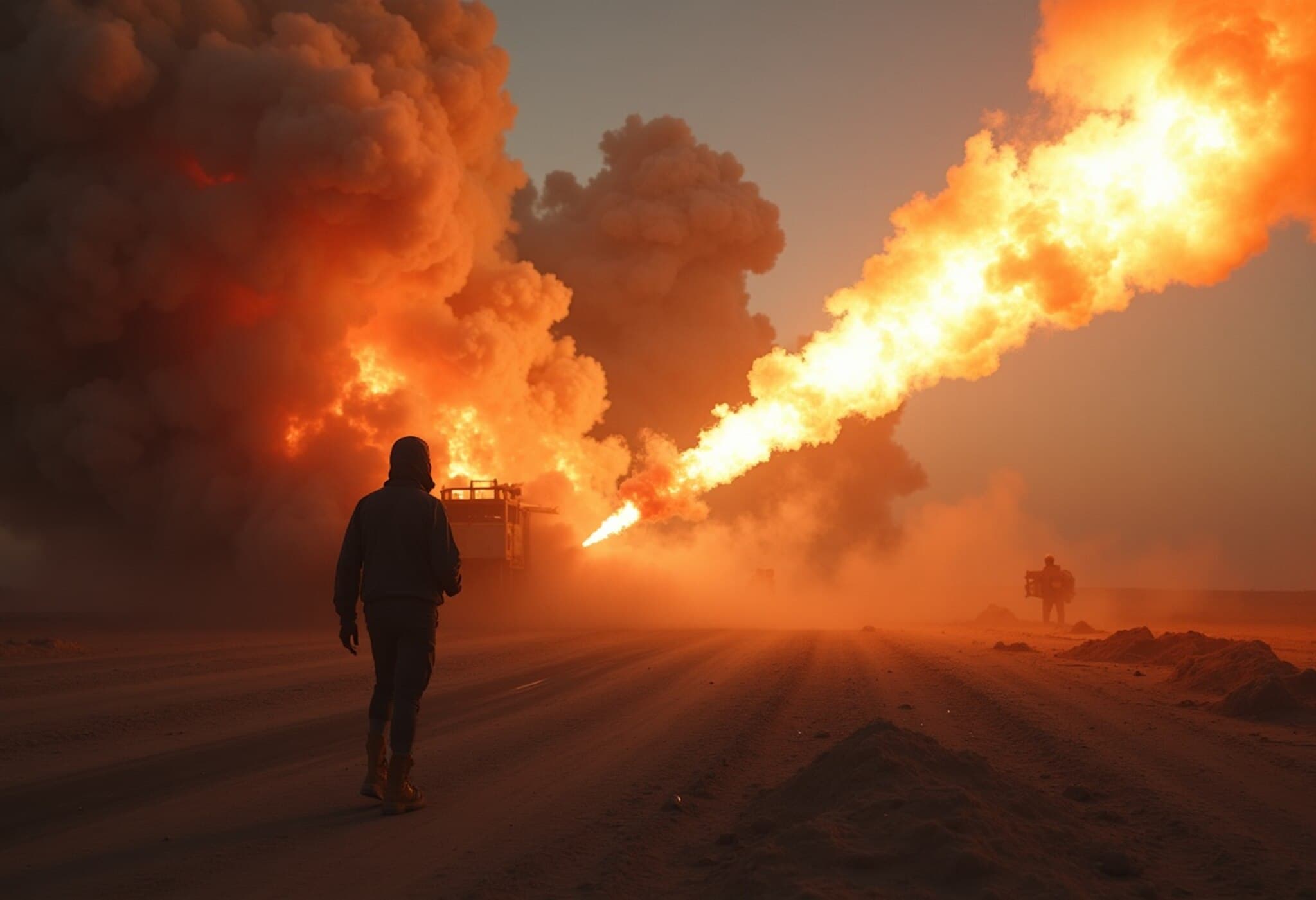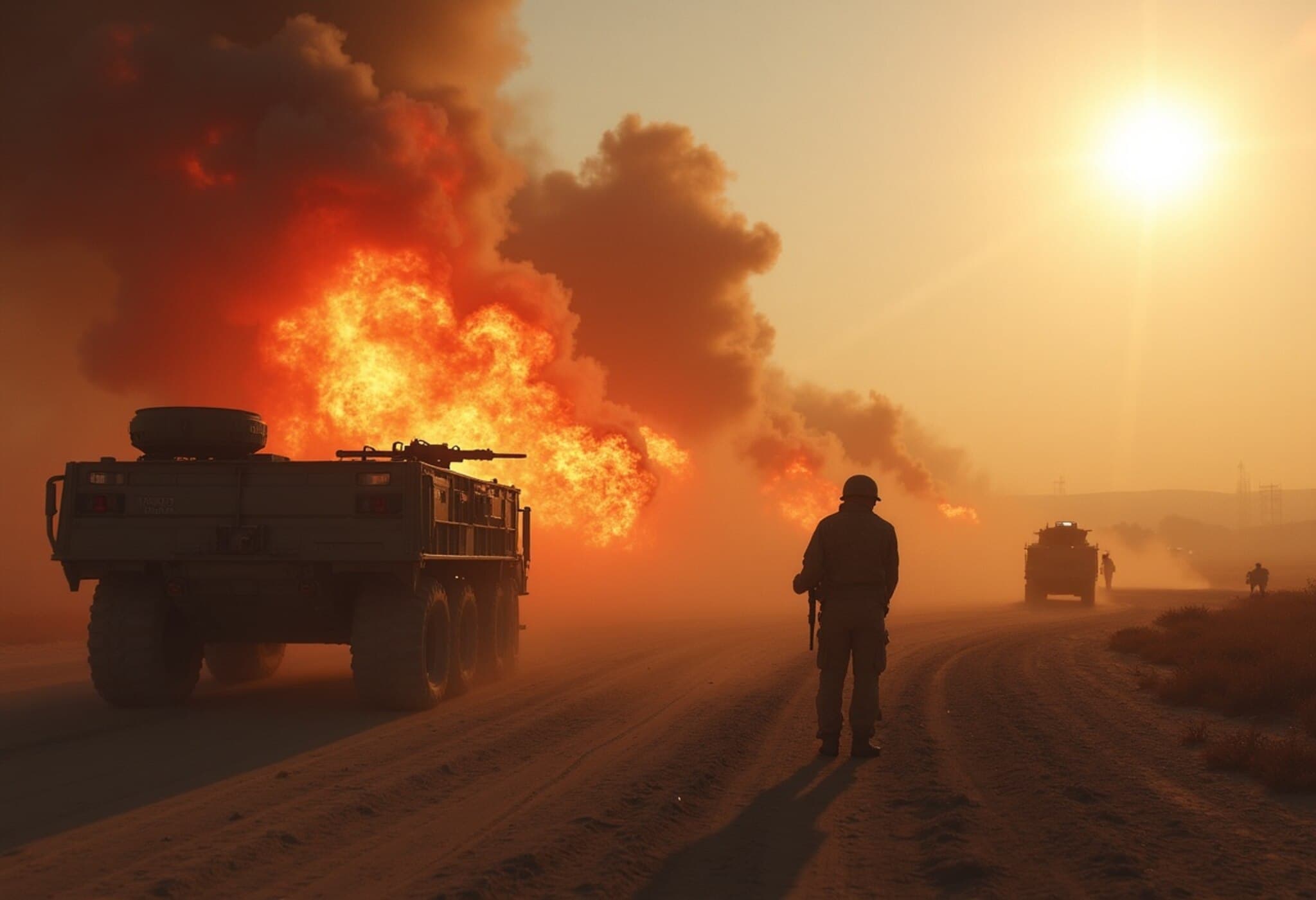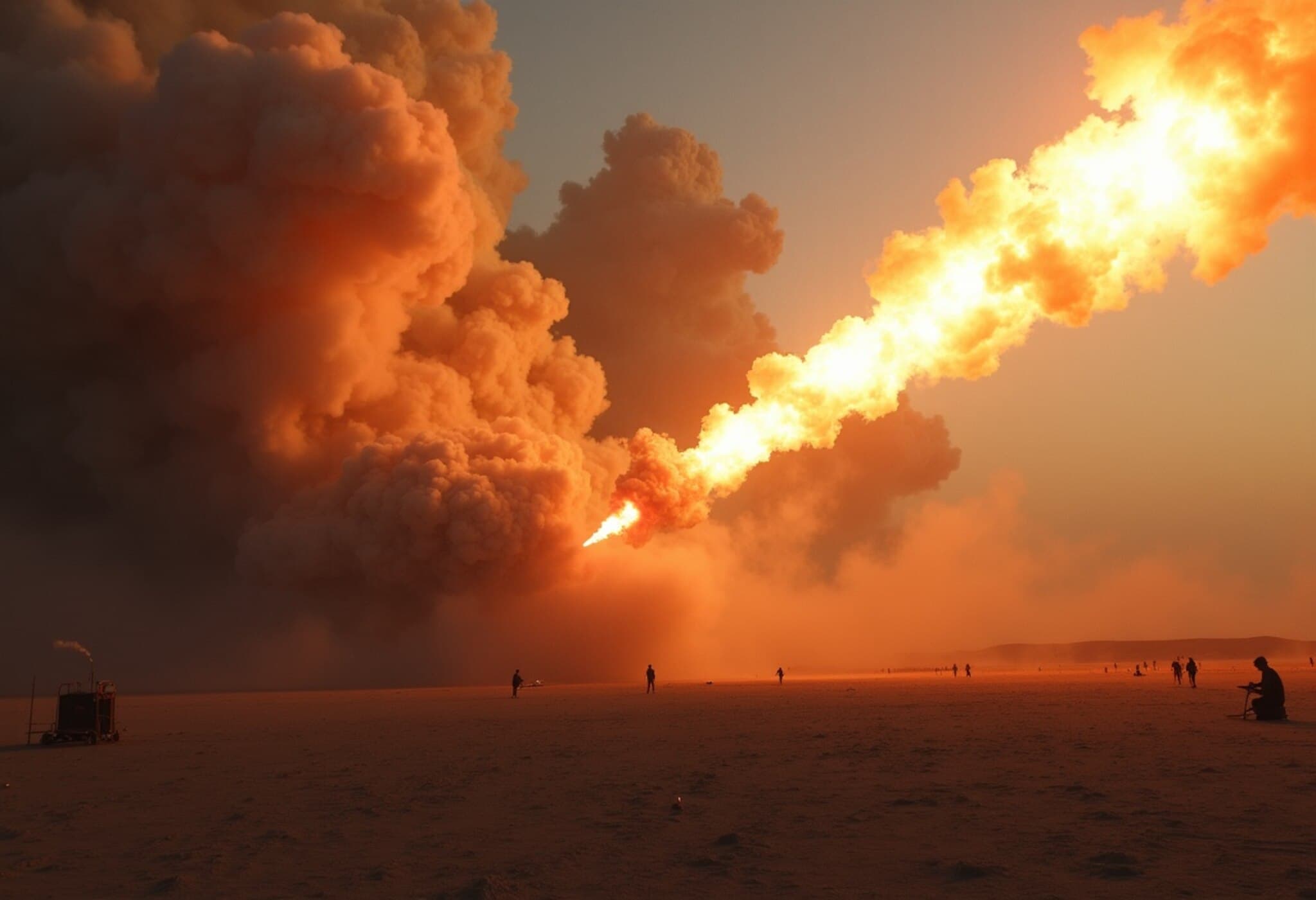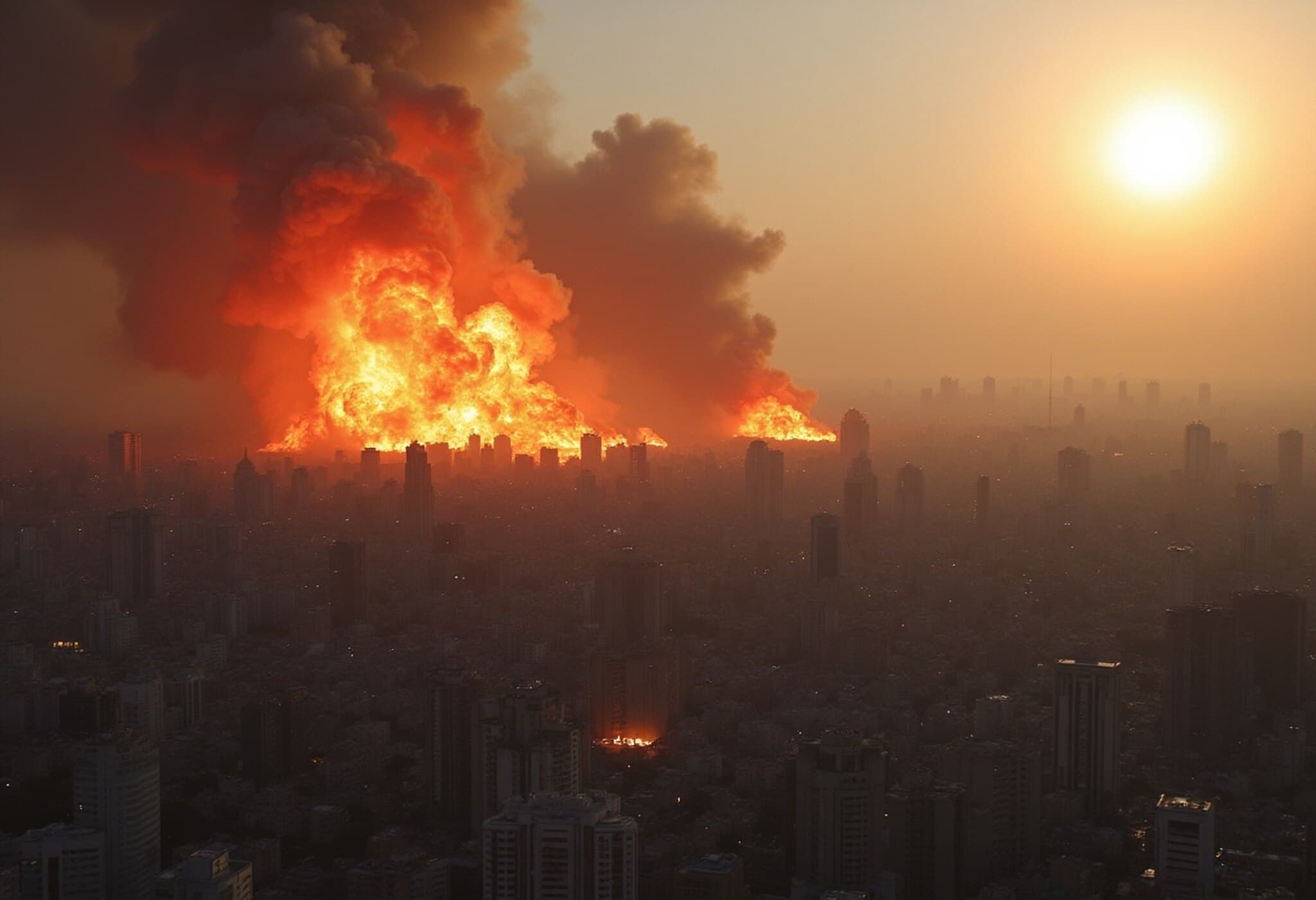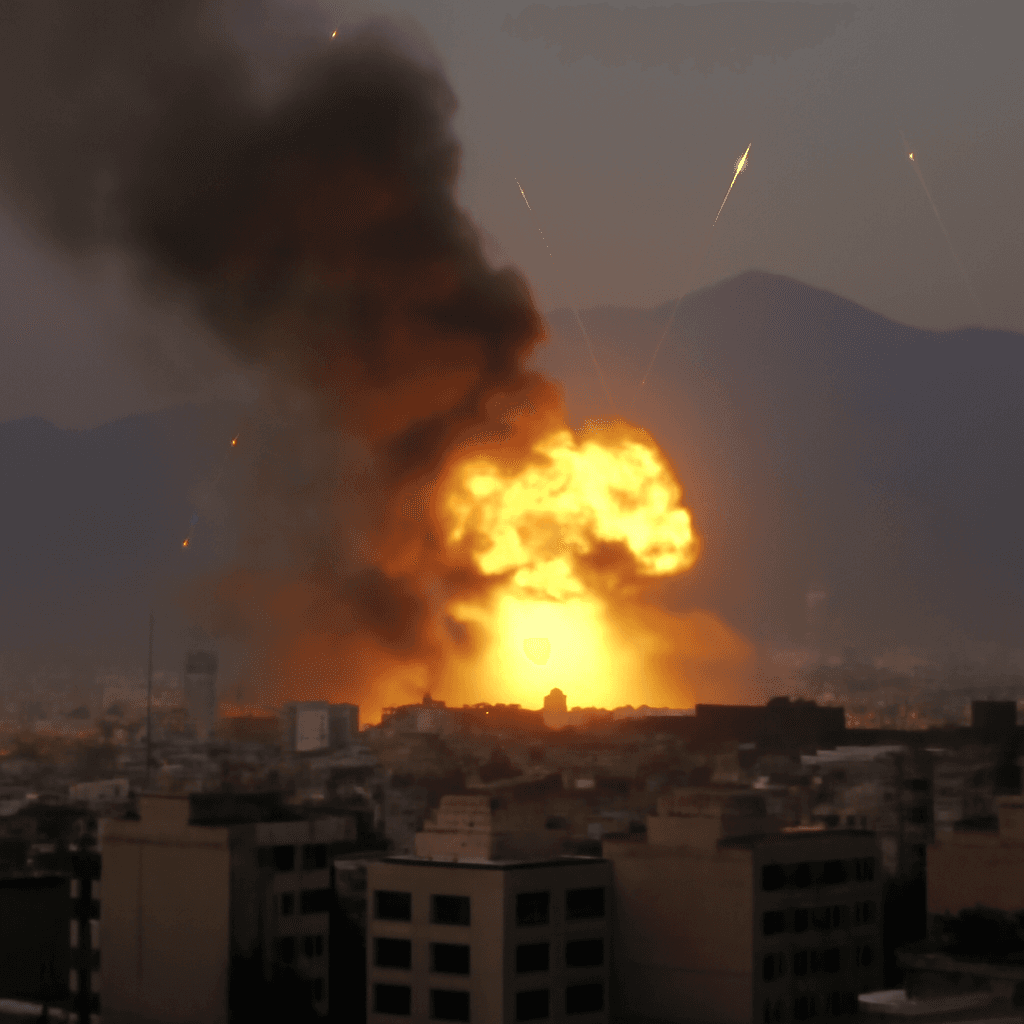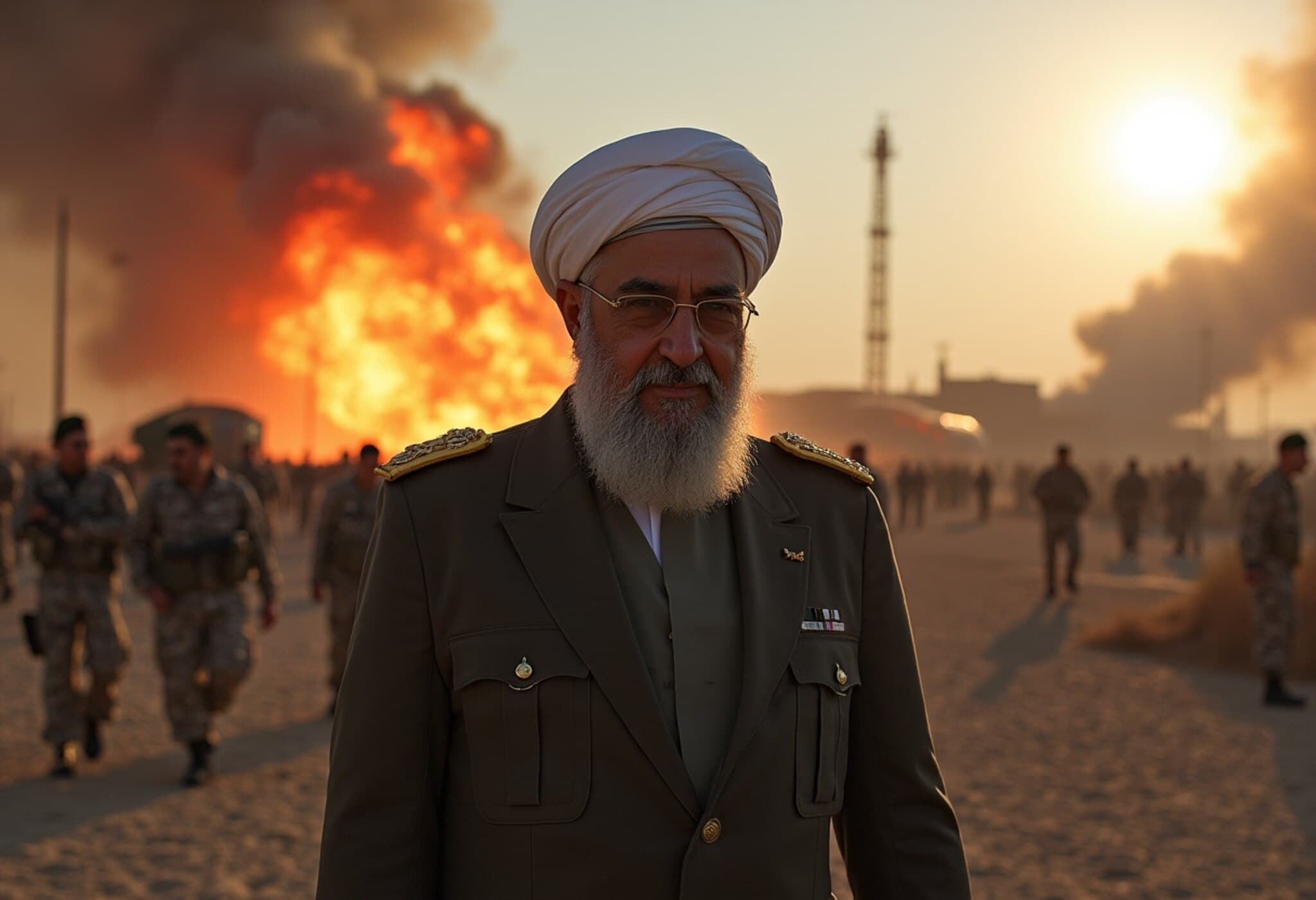Iranian Missile Targets Leading Israeli Science Institute
In the early hours of Sunday, a missile launched from Iran struck the campus of a premier Israeli research facility located in Rehovot, just south of Tel Aviv. The attack caused extensive damage to several buildings, including a cluster of cutting-edge laboratories, compelling scientists to risk the flames and debris as they desperately tried to rescue crucial research materials.
Chaos and Courage Amidst Devastation
Although the campus was empty overnight and no injuries were reported, the missile impact caused a section of one building to collapse completely. Remaining structures suffered blown-out walls, exposing a chaotic scene of twisted metal, shattered concrete, and scorched remnants.
Roee Ozeri, a leading physicist and the institute’s vice president for development and communications, remarked on the frantic efforts of his colleagues: "We did everything possible to salvage laboratory samples and equipment while battling the fires."
Broader Context: Rising Tensions Between Israel and Iran
This strike forms part of escalating hostilities following Israeli air assaults on Iranian targets, which began the previous Friday amid concerns that Iran was advancing toward nuclear weapon capabilities. Iran insists its nuclear program is solely for peaceful objectives but has responded with missile and drone strikes targeting Israeli cities.
The recent confrontations have inflicted heavy casualties and damage on both sides. Israeli air raids have eliminated key Iranian nuclear scientists and military leaders while crippling infrastructure. Meanwhile, Iran's missile fire has killed 24 Israeli civilians and devastated numerous structures, including a hospital in the city of Beersheba.
Impact on Scientific Research and National Security
While primarily focused on medical and scientific breakthroughs, the affected institute has relevant defense collaborations. Last October, it announced a partnership with Israel’s largest defense firm to develop bio-inspired materials with military applications.
Founded in 1934, the institute boasts a world-renowned reputation with nearly 300 research groups covering genetics, immunology, and astrophysics. It employs close to 200 staff scientists and trains hundreds of graduate students and postdoctoral researchers.
Devastating Losses to Critical Studies
One affected researcher, Eldad Tzahor, who studies regenerative medicine for heart disease, described the destruction of long-term experiments as "everything is lost." He estimates it could take up to a year to fully recover lost ground.
The institute estimates the financial cost of damage at around $300 to $500 million, reflecting its expensive, shared scientific instruments and infrastructure.
Heroic Measures Save Valuable Data
Molecular geneticist Jacob Hanna recounted how the collapse of his lab’s ceiling and detachment of a staircase threatened his team’s years of work. Thanks to preemptive backup measures, his students successfully preserved hundreds of frozen human and mouse cell lines by moving them to secure liquid nitrogen containers stored safely in the basement.
Hanna reflected on the precaution: "I always feared losing this if war broke out. Thankfully, we managed to protect these vital resources."
Looking Ahead
As tensions continue to escalate regionally, the attack on a prominent scientific institution underscores the profound human and intellectual costs of conflict. The resilience of the researchers and their swift response highlight a determination to protect their work despite unimaginable challenges.

